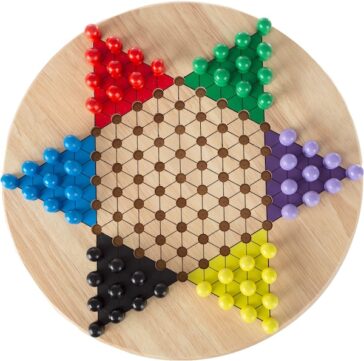Getting Started: Even with a Not-so-great Idea
I’ve been thinking about how one generates ideas for poems, stories, novels—or anything for that matter, like engineered new-fangled whatnots, or works of visual or auditory art. I suspect some of you are like me, wasting time thinking you don’t have an idea. And so, you don’t write or make other kinds of art. Last year I attended a program by Florida professor and poet David Kirby (FSU) hosted by the Florida State Poetry Association. During that session he talked … Read More »






